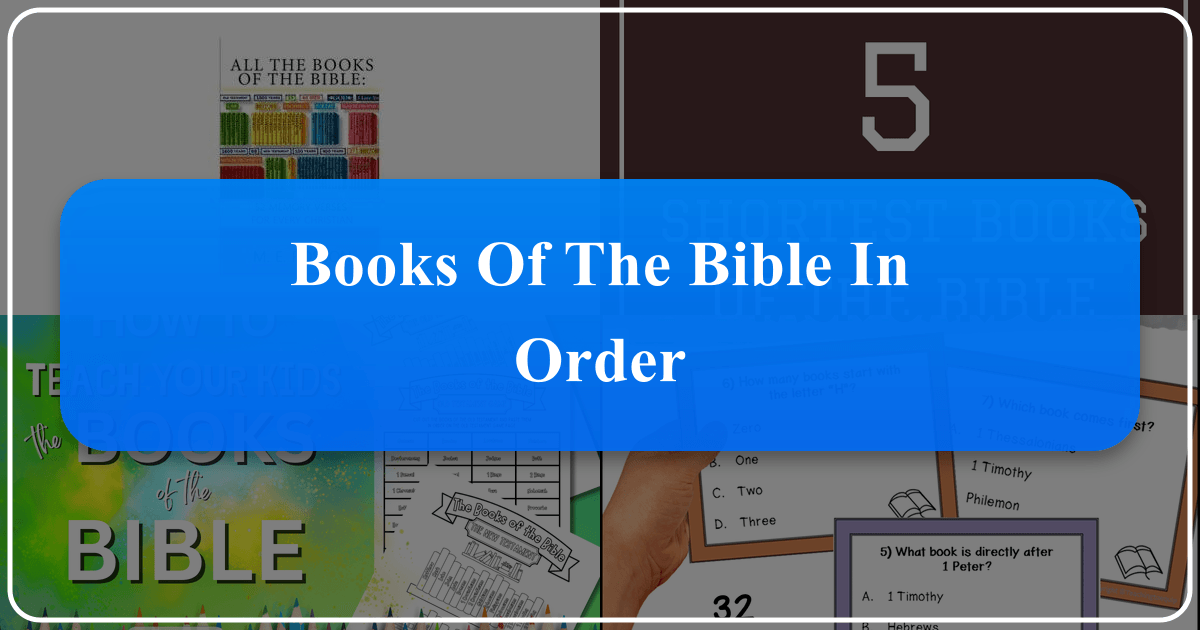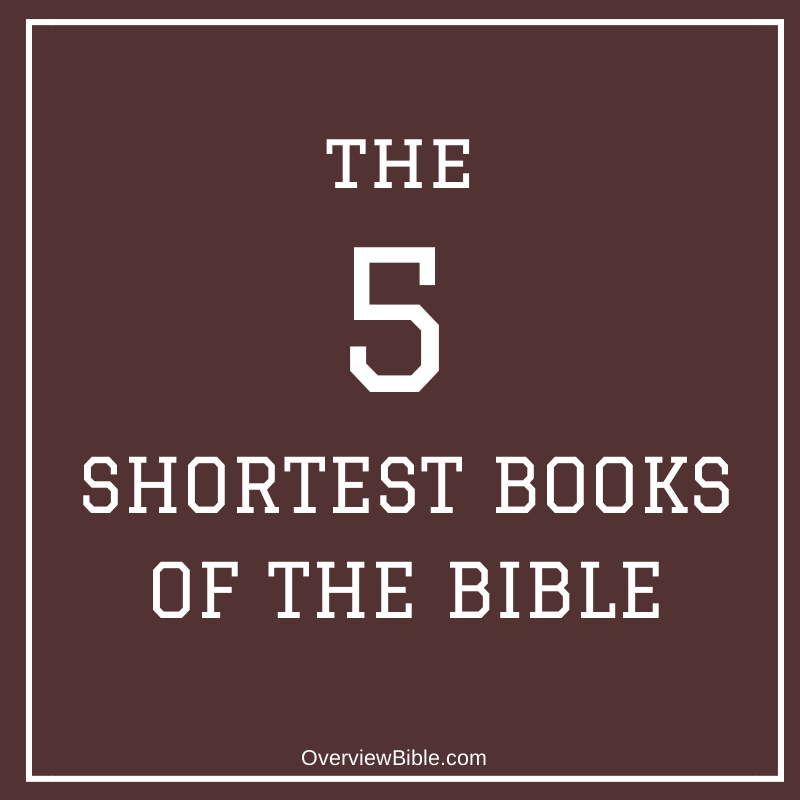The 66 Books of the Bible: A Comprehensive Guide in Order

Navigating the 66 books of the Bible can feel like traversing a vast and intricate landscape. However, this journey offers unparalleled insights into the rich tapestry of human history, faith, and spiritual understanding that have shaped civilizations for millennia. From the creation narratives of Genesis to the prophetic visions of Revelation, each book contributes a unique and vital piece to the overarching biblical narrative. This comprehensive guide will explore each book in its traditional order, providing summaries and contextual information to enhance your understanding. We will also examine the different ways the Bible is organized and categorized across various religious traditions.
The Old Testament: The First 39 Books
The Old Testament, also known as the Hebrew Bible, forms the foundational bedrock of Judaism and serves as a significant part of the Christian Bible. Before diving into detailed summaries, here’s a list of the 39 books in their traditional order:
- Genesis
- Exodus
- Leviticus
- Numbers
- Deuteronomy
- Joshua
- Judges
- Ruth
- 1 Samuel
- 2 Samuel
- 1 Kings
- 2 Kings
- 1 Chronicles
- 2 Chronicles
- Ezra
- Nehemiah
- Esther
- Job
- Psalms
- Proverbs
- Ecclesiastes
- Song of Solomon
- Isaiah
- Jeremiah
- Lamentations
- Ezekiel
- Daniel
- Hosea
- Joel
- Amos
- Obadiah
- Jonah
- Micah
- Nahum
- Habakkuk
- Zephaniah
- Haggai
- Zechariah
- Malachi

While presented here as a single list, the Old Testament is further categorized into distinct literary groups, which we will explore in more detail below. It’s important to note that the order and even the number of books differ slightly between the Protestant, Catholic, and Orthodox Christian Bibles, and drastically differ from the Hebrew Bible’s traditional arrangement.
The Pentateuch (Torah): The Five Books of Moses
The Pentateuch, also known as the Torah (meaning “law” in Hebrew), comprises the first five books of the Bible: Genesis, Exodus, Leviticus, Numbers, and Deuteronomy. Traditionally attributed to Moses, modern scholarship generally recognizes these books as compilations from multiple sources and periods, reflecting an ongoing evolution of Israelite religious and legal traditions.

Genesis: This foundational text narrates the creation of the universe, the early history of humanity, including the accounts of Adam and Eve, Noah’s Ark, and the Tower of Babel, and the patriarchal narratives of Abraham, Isaac, Jacob, and Joseph. It lays the groundwork for the entire biblical narrative.
Exodus: Chronicles the liberation of the Israelites from slavery in Egypt under Moses’ leadership. The narrative details the ten plagues, the parting of the Red Sea, the giving of the Law at Mount Sinai (including the Ten Commandments), and the covenant established between God and His chosen people.

Leviticus: Focuses primarily on the priestly codes and laws regulating worship, sacrifice, and ritual purity in ancient Israel. It emphasizes holiness and the proper conduct of the priesthood.
Numbers: Documents the Israelites’ journey through the wilderness, including censuses, rebellions, and divine interventions. It showcases the challenges and difficulties of their wandering.
Deuteronomy: Presents a series of Moses’ farewell speeches, recapitulating and applying the Law to the new generation poised to enter the Promised Land. It emphasizes obedience, covenant faithfulness, and the importance of the law for the well-being of the Israelite community.
The Historical Books
These twelve books chronicle the history of Israel from the conquest of Canaan to the Persian period. Traditional authorship is often debated, and modern scholarship suggests multiple authors and redactors contributed to these texts over time.
Joshua: Narrates the conquest of Canaan under Joshua’s leadership after Moses’ death, detailing military campaigns and the division of the land amongst the twelve tribes of Israel.
Judges: Describes a period of cyclical oppression and deliverance in which various judges, charismatic leaders raised by God, deliver Israel from enemy forces. This cycle highlights the repeated pattern of Israelite disobedience, suffering, repentance, and divine intervention.
Ruth: A poignant narrative about Ruth, a Moabite woman who chooses loyalty to her mother-in-law, Naomi, and finds redemption and love. It shows themes of devotion, kindness, and the unexpected ways God works in people’s lives.
1 & 2 Samuel: Trace the establishment of the Israelite monarchy, from the anointing of Samuel to the reigns of Saul and David. The narrative shows the transition from a tribal society to a kingdom, highlighting the strengths and flaws of Saul and David’s reigns.
1 & 2 Kings: Continue the historical narrative, covering the reigns of David’s successors, the division of the kingdom into Israel and Judah, and their eventual falls to foreign powers (Assyria and Babylon, respectively).
1 & 2 Chronicles: Offer a parallel account of Israelite history, primarily focusing on the Davidic dynasty and the temple in Jerusalem, emphasizing lineage, religious observance, and the importance of the temple in worship.
Ezra & Nehemiah: Describe the return of the Jewish exiles from Babylon and their efforts to rebuild the Temple and the walls of Jerusalem. These narratives reveal the struggles of rebuilding a community and reaffirming religious identity after a devastating period of exile.
Esther: Set in the Persian empire, this book tells the story of Esther, a Jewish queen who bravely saves her people from annihilation. It showcases courage, faith, and the miraculous protection of God.
The Poetic Books
This group comprises five books expressing a wide range of emotions, reflections on life, and wisdom. The authorship is often debated or not explicitly stated in these works.
Job: Explores the age-old question of suffering and divine justice through the story of Job, a righteous man who endures immense hardship. It challenges the simplistic understanding of suffering and faith.
Psalms: A collection of 150 poems and songs expressing diverse emotions—praise, lament, thanksgiving, and petition—providing a rich reflection of human faith and relationships with God.
Proverbs: A compilation of wise sayings, ethical teachings, and practical instructions for life, emphasizing wisdom, justice, and the fear of God. It is a collection of proverbs, often attributed to Solomon, but reflecting a variety of authorship.
Ecclesiastes: A philosophical meditation on the meaning of life, emphasizing the vanity of earthly pursuits and the importance of wisdom and living life with intentionality.
Song of Solomon: A collection of poetic love songs celebrating romantic love, often interpreted allegorically as symbolizing the relationship between God and His people.
The Prophetic Books
These books contain the messages of various prophets, conveying God’s warnings, promises, and instructions for his people. They are divided into major and minor prophets, based on the length of their books, not the importance of their messages.
Major Prophets: Isaiah, Jeremiah, Lamentations (traditionally attributed to Jeremiah), Ezekiel, Daniel. These prophets addressed Israel and Judah during times of crisis, delivering messages of judgment, repentance, and hope for the future.
Minor Prophets: Hosea, Joel, Amos, Obadiah, Jonah, Micah, Nahum, Habakkuk, Zephaniah, Haggai, Zechariah, Malachi. These books contain shorter prophetic oracles, often addressing specific historical situations and emphasizing themes of justice, judgment, and the coming of the Messiah.
The New Testament: The Last 27 Books
The New Testament chronicles the life, teachings, death, and resurrection of Jesus Christ, the establishment of the early Christian Church, and the spread of Christianity throughout the Roman world. The books are generally categorized as follows:
The Gospels
These four books provide distinct accounts of Jesus’ life, ministry, death, and resurrection, each offering a unique perspective and theological emphasis. The authorship of the Gospels is often debated, and there is scholarly consensus that they were written over several decades after the events they describe.
Matthew: Written for a Jewish audience, Matthew emphasizes Jesus as the fulfillment of Old Testament prophecies, presenting Him as the Messiah.
Mark: Often considered the earliest Gospel, Mark portrays Jesus as a powerful and dynamic figure, focusing on His actions and ministry, particularly His suffering and sacrifice.
Luke: Emphasizes Jesus’ compassion for the marginalized and His relationship with the Holy Spirit, and is renowned for its detailed parables and narratives.
John: Focuses on the deeper theological aspects of Jesus’ nature and identity, portraying Him as the divine Word made flesh, the source of eternal life, and the light of the world.
The Book of Acts
Acts of the Apostles recounts the development and growth of the early church after Jesus’ ascension, highlighting the ministries of Peter and Paul and the spread of Christianity throughout the Mediterranean world.
The Epistles (Letters)
The epistles comprise letters written by Paul and other early Christian leaders to individuals and communities, offering theological instructions, pastoral advice, and encouragement. These are further divided into Pauline epistles and general epistles.
Pauline Epistles: Romans, 1 & 2 Corinthians, Galatians, Ephesians, Philippians, Colossians, 1 & 2 Thessalonians, 1 & 2 Timothy, Titus, Philemon. These letters cover a range of theological topics, practical advice for Christian living, and address specific challenges faced by the early Christian churches.
General Epistles: Hebrews, James, 1 & 2 Peter, 1, 2 & 3 John, Jude. These letters were written to broader audiences or to individuals, addressing various themes like faith, Christian conduct, and the importance of living a righteous life.
The Book of Revelation
Revelation is an apocalyptic text, full of symbolic imagery and visions, offering prophecies concerning the end times, the final judgment, and the establishment of a new heaven and a new earth.
Different Biblical Canons and Order
The order and even the number of books in the Bible vary depending on the religious tradition.
-
The Hebrew Bible (Tanakh): Judaism recognizes 24 books, traditionally divided into Torah (Law), Nevi’im (Prophets), and Ketuvim (Writings). The order and grouping of books differ significantly from the Christian Bible.
-
Catholic Bible: Includes 46 Old Testament books (including the deuterocanonical books), and the 27 books of the New Testament, totaling 73 books.
-
Protestant Bible: Contains 39 Old Testament books and 27 New Testament books, for a total of 66. The seven extra books in the Catholic canon are viewed as apocrypha.
-
Eastern Orthodox Bible: Similar to the Catholic Bible, but with some variations in the order and grouping of books.
These variations stem from different criteria for determining canonical authority, reflecting evolving religious practices and theological interpretations over centuries.
The Importance of Chronological Reading
While the traditional order of the Bible reflects literary categories, reading it chronologically can offer a deeper understanding of the historical flow of events and the development of theological ideas. Many resources are available online and in print to help readers engage with scripture chronologically.
Conclusion
The 66 books of the Bible represent a vast collection of writings spanning centuries and reflecting diverse literary forms. Understanding the different organizational structures, the variations between biblical canons, and the potential benefits of chronological reading allows for a richer and more nuanced engagement with these ancient texts. Whether read traditionally or chronologically, the Bible’s enduring impact lies in its ability to resonate with humanity’s deepest hopes, fears, and aspirations.